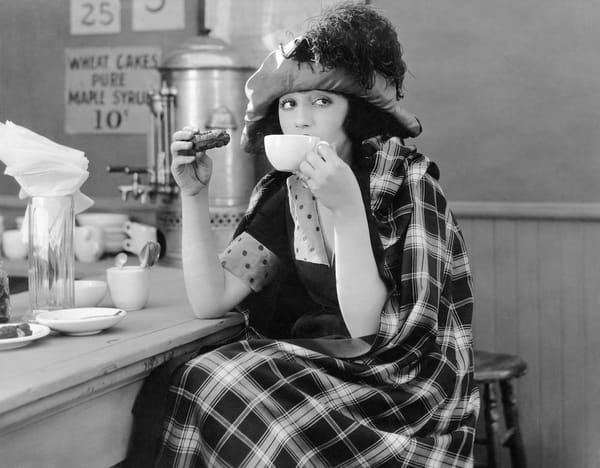The Dignified Revenge of Pamela Denise Anderson
Pamela is not the sum of her scandals or the product of her movie credits. Her latest ‘rebirth’ is just Pamela, once again, being herself.
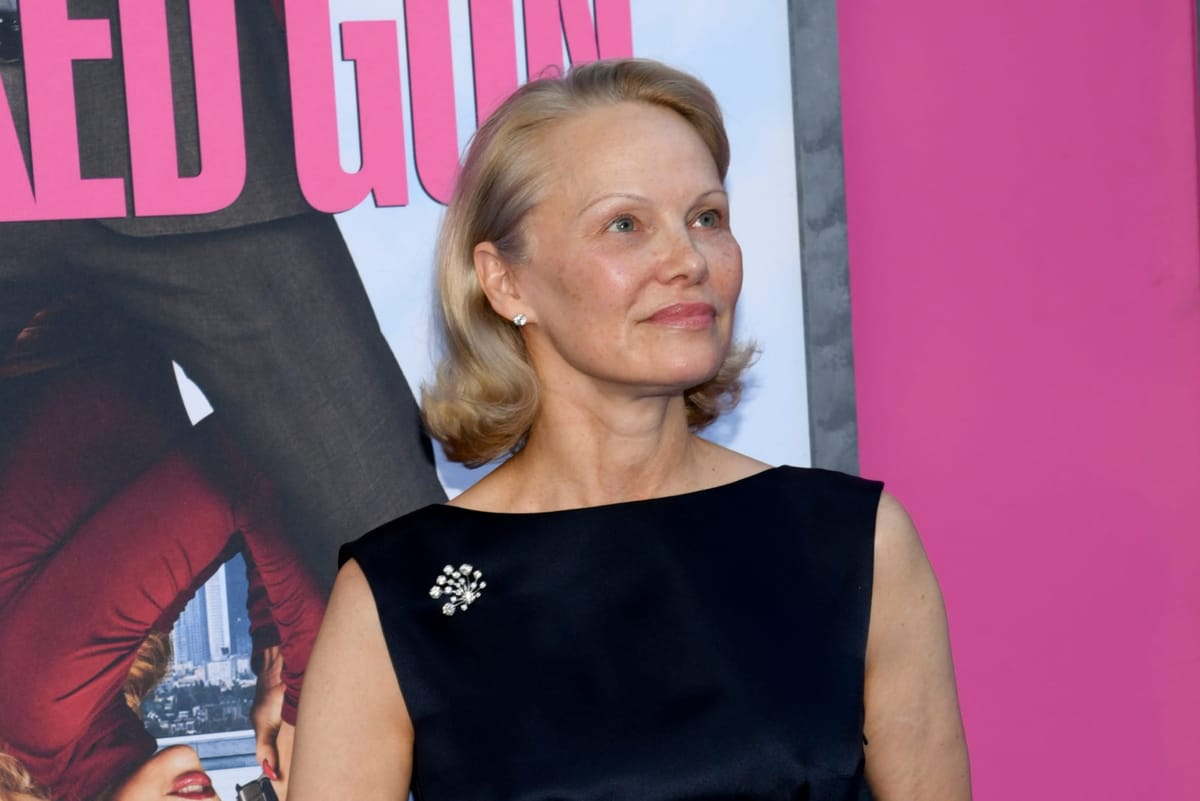
I was about 10 when I first became aware of Pamela Anderson.
Growing up in rural Switzerland, there weren’t many shows my sister and I could watch after school on our family’s smaller-than-a-microwave television. There especially weren’t many from overseas—from that fabulous, fabled place known as America.
Occasionally, we’d be lucky enough to catch a re-run of Friends, but more frequently we’d hit the remote to be greeted by the golden beaches of Los Angeles County—a place so far removed from our landlocked reality that it may as well have been Mars. In addition to all that sand and sunshine, there were the unmissable chiseled pectorals of David Hasselhoff and, yes, of course Pamela Anderson herself—tucked into her unforgiving red swimsuit, more wonderwoman than mere mortal.
I remember being quietly fascinated by her, but also knowing that there was something outrageous about Pamela. She was, I’d somehow learned, a Playboy model. I knew what Playboy was, because word had spread that two boys in my class had hidden a copy in the woods behind the village where we lived. The magazine was so salacious it had to be buried beneath foliage. If Playboy needed to be buried under leaves, what did this say about Pamela?
As I got older, Pamela’s personal and professional escapades unfolded before me. When I was in high school, my parents got a bigger TV and the internet. I heard about the Tommy Lee sex tape and, at some point, I read about Pamela’s traumatic childhood and teenage years. I also learned how she was first discovered. A jumbotron started it all. Yes, really.
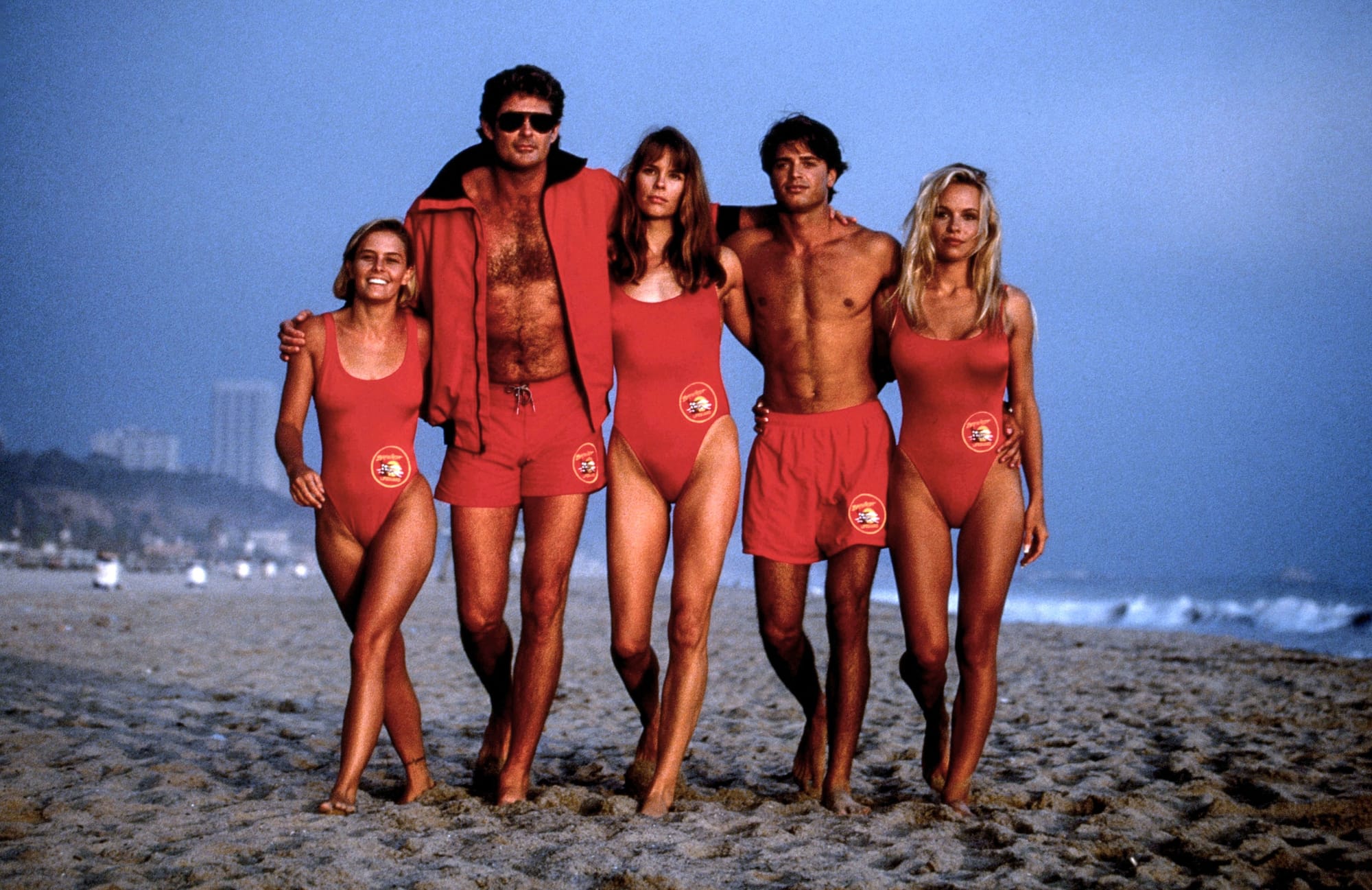
And now, some 25 years after I was first drawn to Baywatch, Pamela is back. She’s co-starring in the reboot of The Naked Gun. Rumors of a fresh romance with her co-star Liam Neeson have set the internet atwitter.
Yet again, everyone seems to have gone a little bit crazy for Pamela. Yet again, everyone seems to be an expert on her. So many seem to be casting her as a character in a story she’s not written. Can’t we just let Pamela be who she is? Accept her without creating the narrative we’d like? And refrain from judging her past through the lens of her present?
Back to the Jumbotron
Pamela Denise Anderson was born in the town of Ladysmith in British Columbia, Canada, in 1967 to a furnace repairman and a waitress. She was a “centennial baby,” born on July 1 of that year—Canada’s 100th birthday.
In the late 1980s, Pamela moved to Vancouver to pursue a career as a fitness instructor. While at a BC Lions football game, she was caught on the jumbotron—a striking blonde clad in a T-shirt bearing the logo of the Labatt’s Brewing Company. The eyes of every spectator seemed to be drawn to her that day. By the end of the game she was a local celebrity. Within a few days Labatt’s had hired her to promote its products.
What followed was a meteoric career rise. By October 1989, Pamela was on the cover of Playboy. (Her mother said, “do it!” and she did.) By February 1990, now a resident of Los Angeles, she was Playmate of the Month. Breast enhancement surgery fueled Pamela-mania and she would eventually appear on more Playboy covers than any other person in history. She modelled for the publication for well over two decades.
Then there was the TV career. In 1992, she started appearing as C.J. Parker in Baywatch opposite David Hasselhoff’s Mitch Buchannon. She played the role in all of its slow-motion-beach-run-in-a-crimson-bathing-suit-glory for five seasons until 1997, making her one of the longest-serving cast members of the iconic primetime soap. Movies followed including Barb Wire, Scary Movie 3, Borat, Blonde and Blonder and Hollywood & Wine. She guest hosted Saturday Night Live.
She was catapulted into success and stardom, stoked by a cocktail of scandal, talent and charm. She was not a sex symbol, she was the sex symbol of the decade—an Aphrodite, a fantasy, a real-life Barbie—with an indefatigable work ethic and a dare-me attitude toward the public that was every tabloid’s dream. Many men wanted to sleep with her. Many women wanted to be her. Some simply wanted a front row seat to whatever unapologetic thing she would do next.
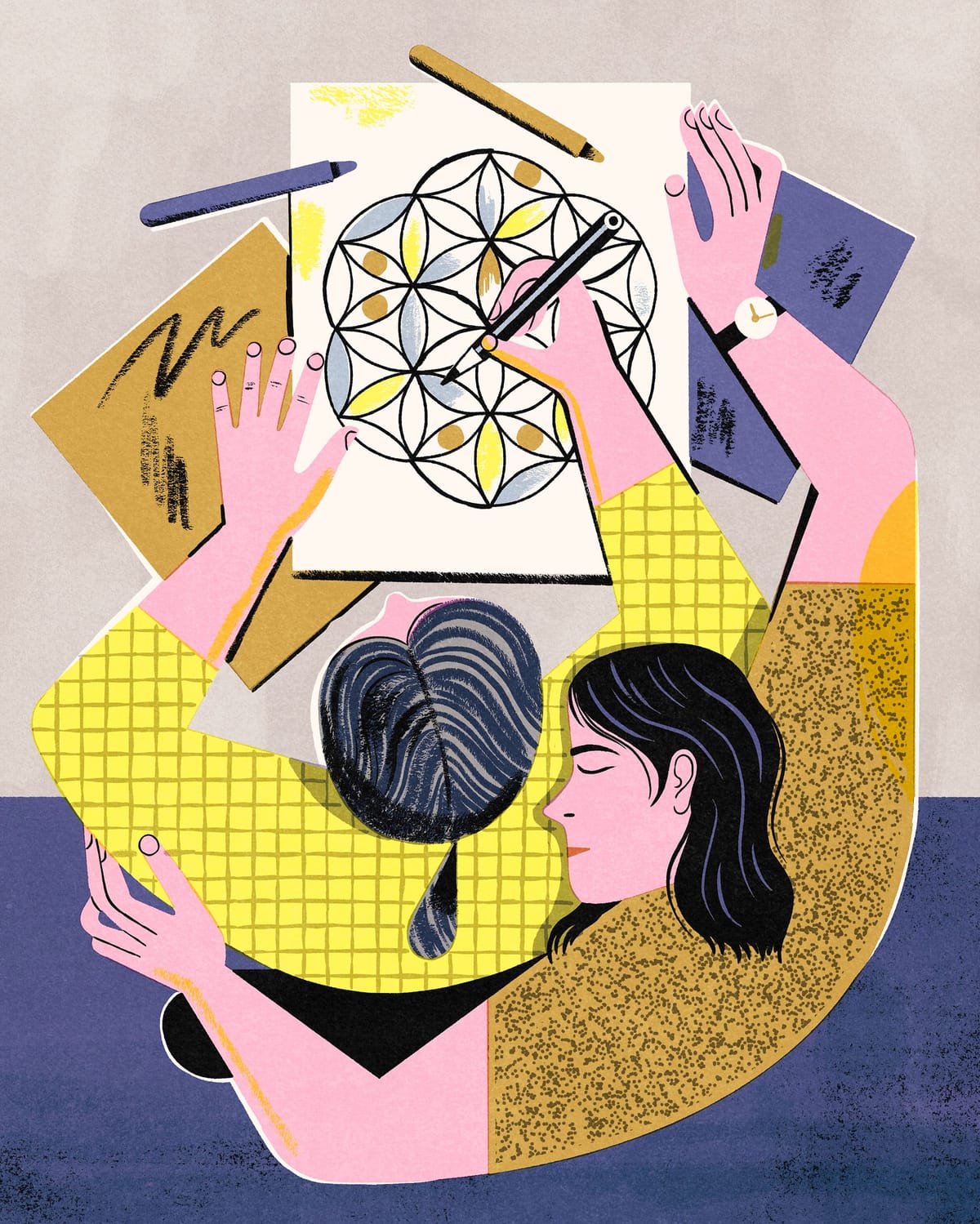
The Darkness, Too
Beneath the platinum locks and megawatt smile, the curves and sultry winks, there was a darkness, too.
In 2014, she spoke out about being sexually abused as a child and gang raped by seven boys when she was in high school. She said she was molested by a female babysitter from the ages of 6 to 10 and was later raped by a 25-year-old when she was 12 years old.
And it never really ended. From the moment she was thrust into the public eye, Pamela Anderson was fair game. Tabloids gorged on the image of her body, dehumanizing her, egged on by a rampant culture of misogyny that permeated the 1990s. It was an era during which objectifying women was acceptable entertainment—regardless of whether they were on MTV or in the White House. It was as if Pamela was the world’s plaything, to be used, humiliated and lusted over as anyone saw fit.
(Only decades later would there be a collective admission that yes, we did fail Monica Lewinsky; yes, we did fail Anita Hill; yes, we did fail Pamela Anderson; not to mention the countless others who aren’t household names but who nevertheless bear the scars of a zeitgeist gone awry.
In 2018, the writer, Allison Yarrow would poignantly term what was done to women of the 90s as a “bitchification”—in short, the idea that they were reduced in the media—and our collective imagination—to “sluts, whores, trash, prudes… sycophants, idiots, frauds, emasculators…” The most offensive humans in society.
It didn’t help that in 1995, in the thick of all the tabloid frenzy, Pamela married Tommy Lee, the drummer from the heavy metal band Mötley Crüe, on a beach in a white bikini. Not long after, he was sentenced to half a year in jail for spousal abuse and assault and the couple divorced in 1998, but for decades afterwards a leaked video tape of the two of them having sex would haunt Pamela. It was yet another example of how the public—the media, especially—treated her as if she were little more than a paper doll.
Other marriages followed, first to the musician Kid Rock, then, to the poker player Rick Salomon—whom, it seems, she married twice and divorced twice—and finally to her bodyguard, Dan Hayhurst. She was also in a relationship with the French footballer Adil Rami. Tabloids feasted on these trysts and splits between Pamela and her string of “bad boys,” a phrase that not only infantilizes but also diminishes seriousness of what she endured. These “boys” were only playing. Boys, after all, will be boys.
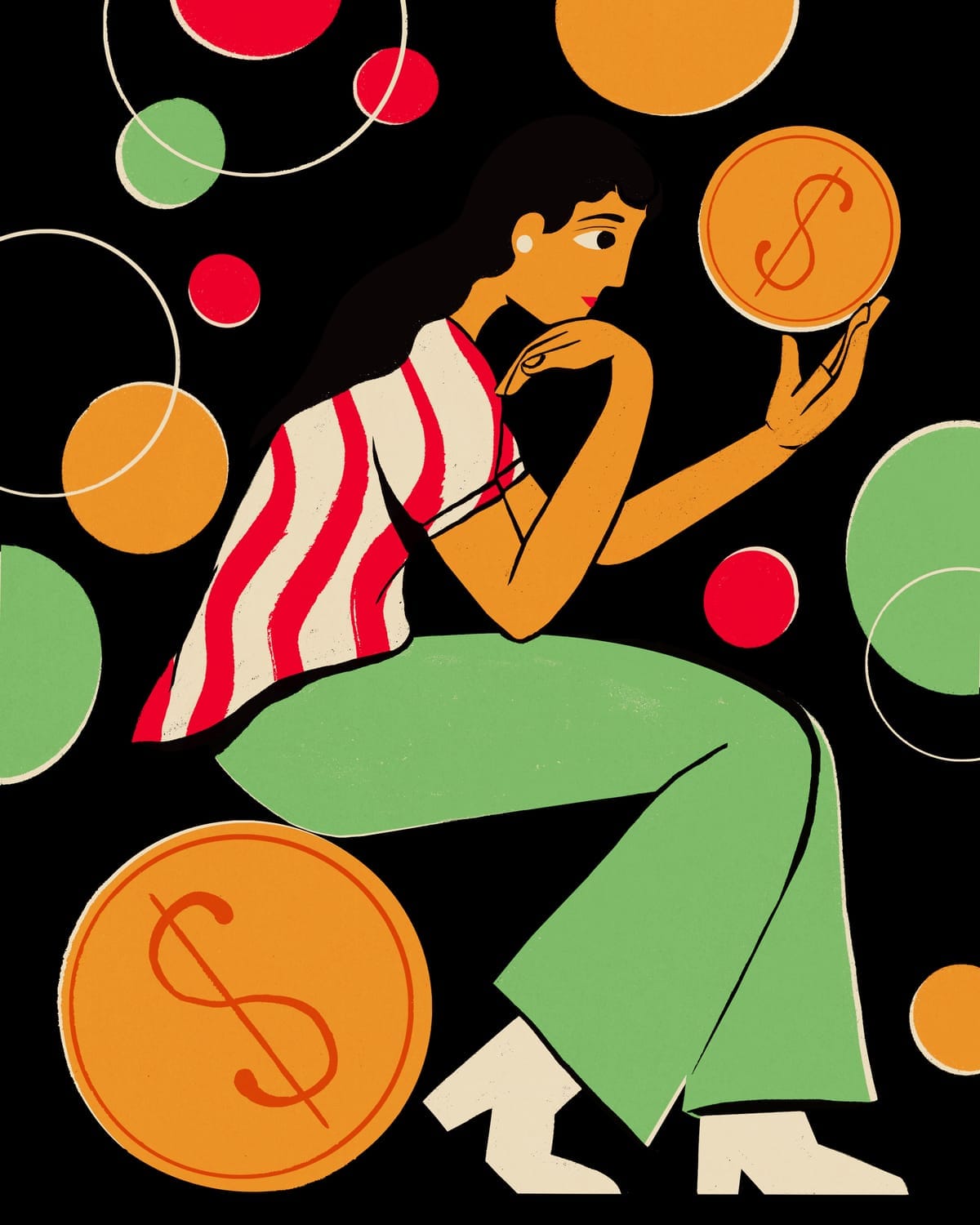
Revival?
Over the last few years—and especially over the last few weeks—many magazine articles have noted, at the age of 58, Pamela’s renaissance. They’ve determined that she’s crossed some sort of threshold from promiscuous sex kitten to wholesome human.
Her performance in the acclaimed movie “The Last Showgirl,” released last year, seemed to signal an inflection point after which it somehow became acceptable to write about her without the tired “Playmate” qualifier; perhaps even with only the slightest nod to Baywatch.
But that’s too simplistic. To me, this isn’t so much a story about Pamela Anderson’s metamorphosis from one extreme to another as it is a story about a woman who has lived her life in a certain way, embracing the messy complexity of what it means to be famous.
She has made choices that were bad and choices that were good. At times she’s been the out-of-control victim and at times the in-control protagonist. Like all of us, she’s had periods in her life when she was happy and periods when she was sad. But the idea that she has somehow escaped her former self, that she has been reborn as something better and more virtuous, discredits who Pamela fundamentally is. And at the end of the day, isn’t that just another example of the media, the world, all of us, objectifying her yet again?
Humans are complex creatures. We are flawed and beautiful and difficult and loving. We are troubled and hopeful and both optimistic and pessimistic. We contain multitudes. We’re often unpredictable; and often quite predictable. Pamela Anderson is no exception. So as we gush over her new maybe-romance with Liam Neeson, or admire her complexion, let’s remember that throughout so much of her life, she has been placed in boxes by the media and the public; boxes that she herself didn’t even construct. Model, Playmate, Baywatch girl, slut, or later on, activist, producer and author.
Pamela Anderson is not a character in a rags-to-riches tale of moral restoration. She’s not the sum of her scandals or a silhouette that inspired a cola bottle. She’s not an archetype.
And this isn’t a comeback. It’s not redemption. It’s Pamela, just being herself. Maybe, finally, we’ll admit that that’s perfectly enough.




